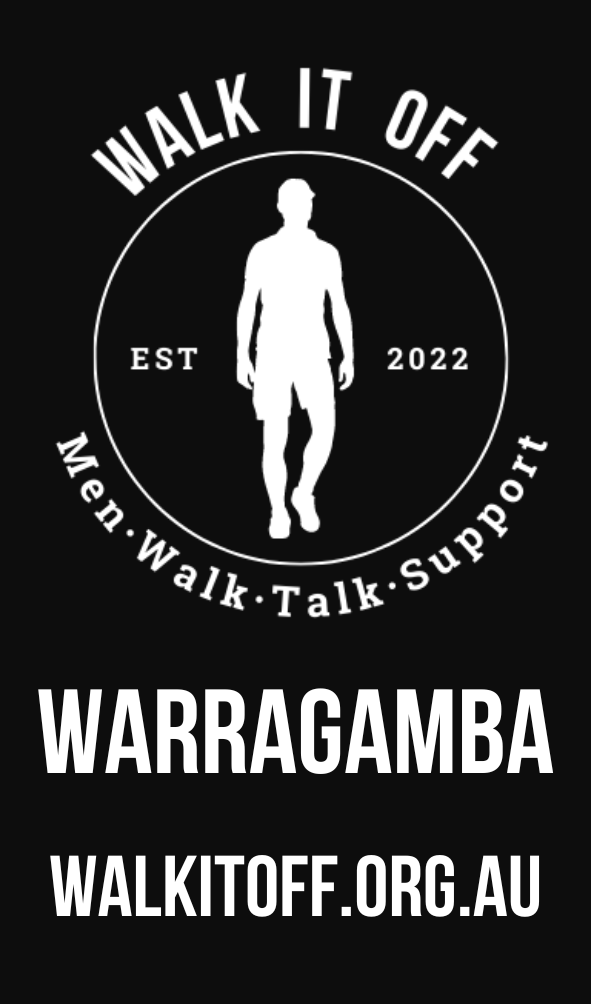Wollondilly is filled with unique wildlife and nature.
Discover how Council manages and protects our flora, fauna and ecological communities.
Wollondilly is filled with unique wildlife and nature.
Discover how Council manages and protects our flora, fauna and ecological communities.
Bushcare is a community-based program that plays an important role in the conservation and restoration of our environment. It is the process of rehabilitating bushland through the removal of invasive weeds and planting of Indigenous trees, shrubs and grasses.
Conserving existing natural areas should always be our first priority. In many regions, both urban and rural, there is little bushland remaining.
Council run a monitoring program to understand where koalas occur across the shire and we need your help. Please report a Koala sighting using our online form.
The Wollondilly Koala Conservation Project focusses on ensuring the protection and conservation of koalas in our Shire. Report Koala sightings or injured Koalas and more.
The Grey-headed Flying-fox is Australia’s largest bat. They occupy forest and woodland on the east coast of Australia..
The Wollondilly Shire abounds in natural areas that provide homes to numerous plants and animals. Find out what to do if you find an injured animal.
Native bees have evolved with an assortment of flowering plants. Australia is home to 1,600 native bee species.
Wollondilly has a diverse range of biodiversity that has significance both locally and in a broader context of south western Sydney. Biodiversity is generally defined as all living things and is comprised of ecological communities, fauna (animals) and flora (plants).
Landcare is a grass-roots volunteer movement made up of people who want to repair and care for natural bushland and water ways in their local area on private land.
The Wollondilly is diverse with a variety of unique plants and animals and we need your help in recording what is out there. There are a number of great smart phone apps that can help you identify species and record where they are.
This voluntary program that assists landholders to maintain wildlife habitats on their property. Registration is a free and non-binding agreement between the Community Environment Network and landholders.
Wollondilly residents can borrow fox traps and monitoring cameras from the Robin Davies Wollondilly Community Nursery. Expert advice and training in the use of a fox trap will also be given prior to the fox trap loan.
Bushcare is a community-based program that plays an important role in the conservation and restoration of our environment. It is the process of rehabilitating bushland through the removal of invasive weeds and planting of Indigenous trees, shrubs and grasses.
Conserving existing natural areas should always be our first priority. In many regions, both urban and rural, there is little bushland remaining.
Council run a monitoring program to understand where koalas occur across the shire and we need your help. Please report a Koala sighting using our online form.
The Wollondilly Koala Conservation Project focusses on ensuring the protection and conservation of koalas in our Shire. Report Koala sightings or injured Koalas and more.
The Grey-headed Flying-fox is Australia’s largest bat. They occupy forest and woodland on the east coast of Australia..
The Wollondilly Shire abounds in natural areas that provide homes to numerous plants and animals. Find out what to do if you find an injured animal.
Native bees have evolved with an assortment of flowering plants. Australia is home to 1,600 native bee species.
Wollondilly has a diverse range of biodiversity that has significance both locally and in a broader context of south western Sydney. Biodiversity is generally defined as all living things and is comprised of ecological communities, fauna (animals) and flora (plants).
Landcare is a grass-roots volunteer movement made up of people who want to repair and care for natural bushland and water ways in their local area on private land.
The Wollondilly is diverse with a variety of unique plants and animals and we need your help in recording what is out there. There are a number of great smart phone apps that can help you identify species and record where they are.
This voluntary program that assists landholders to maintain wildlife habitats on their property. Registration is a free and non-binding agreement between the Community Environment Network and landholders.
Wollondilly residents can borrow fox traps and monitoring cameras from the Robin Davies Wollondilly Community Nursery. Expert advice and training in the use of a fox trap will also be given prior to the fox trap loan.

Walk It Off - Warragamba 2024
Landcom Community Workshop - Neighbourhood Plan for North Wilton

National Tree Day 2024

Council welcomes funding from Australian Governments $1.5 Billion housing support program

WOLLONDILLY DA TIMES FASTEST IN GREATER SYDNEY!

WOLLONDILLY MAYOR CONGRATULATES OLYMPIAN HILARY SCOTT AS SHE PREPARES TO REPRESENT AUSTRALIA